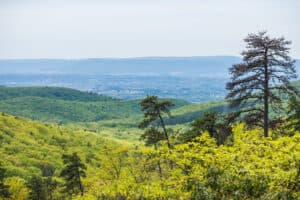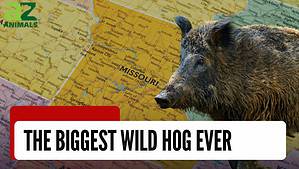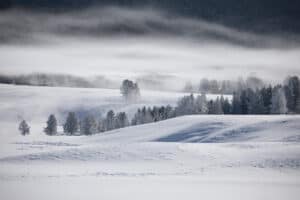The Blood, also known as the Kainah (sometimes spelled Kainai or Akainiwa), and the Siksika, or Blackfoot proper, are the three bands that make up the Blackfoot tribe, commonly referred to as Blackfeet. All three ethnic groups formerly inhabited the territories that are now the Canadian province of Alberta and the American state of Montana. There is still a large population of Native Americans living on reserves in Montana and Alberta, Canada. In Canada, the preferred spelling is Piegan, however, Peigan is also used (often referred to as the Northern Blackfoot).
The Blackfoot people are officially known as the Blackfeet Nation in the United States, even though the Blackfoot term Siksika, from which the English name was translated, is not plural. The Blackfeet Nation (Blackfoot: Aamsskáápipikani, Pikuni) is a federally recognized Siksikaitsitapi tribe with a reservation in Montana. The bulk of this group identifies as Ampskapi Piikani Blackfeet, a subgroup of the larger Blackfoot Confederacy that spans from Canada to the United States. Blackfeet people first started moving into Montana’s surrounding territory in the 17th century.
Names
The Blackfeet are divided into three groups: the Northern Blackfeet (Siksika), the Blood, and the Piegan or Pikuni. Their name, Niitsitapi (nee-itsee-TAH-peh), means “genuine people.” The North Piegan, the South Piegan, the Blood, and the Siksika are the four Native American tribes of the Northwestern Plains that make up the confederacy known as the Blackfoot. At first, they oversaw a vast region that extended from Montana’s Missouri River to Saskatchewan, Canada’s North River.
Because of their common language and culture, the four clans openly intermarried, formed alliances for mutual defense, and held regular ceremonial rites. Nomadic teepee-dwellers subsisted mostly on buffalo and wild plants. In many ways, they were just like other Plains Indians.
Locations
They once inhabited the woodlands to the north and west of the Great Lakes. British traders put pressure on the Algonquian-speaking tribes in James Bay, modern-day Canada, forcing the Blackfeet onto the Northern Plains. After acquiring horses and firearms, they were a powerful representative of classic Plains Indian civilization. They were a formidable people that exercised dominion over a huge area that included the present-day cities of Edmonton, Alberta, and almost all the way to Yellowstone National Park, as well as Glacier Park and the Black Hills of South Dakota. The Badger-Two Medicine region is sacred to the indigenous people that live there.
The Blackfeet Indian Reservation, located east of Glacier National Park, and the Canadian state of Alberta share a border. Cut Bank Creek and Birch Creek outline their eastern and southern edges, respectively. The size of the reservation is more than the state of Delaware and is double that of the national park, with a total of 3,000 square miles (7,800 km2). There are numerous locations in Pondera and Glacier counties where you can find it.
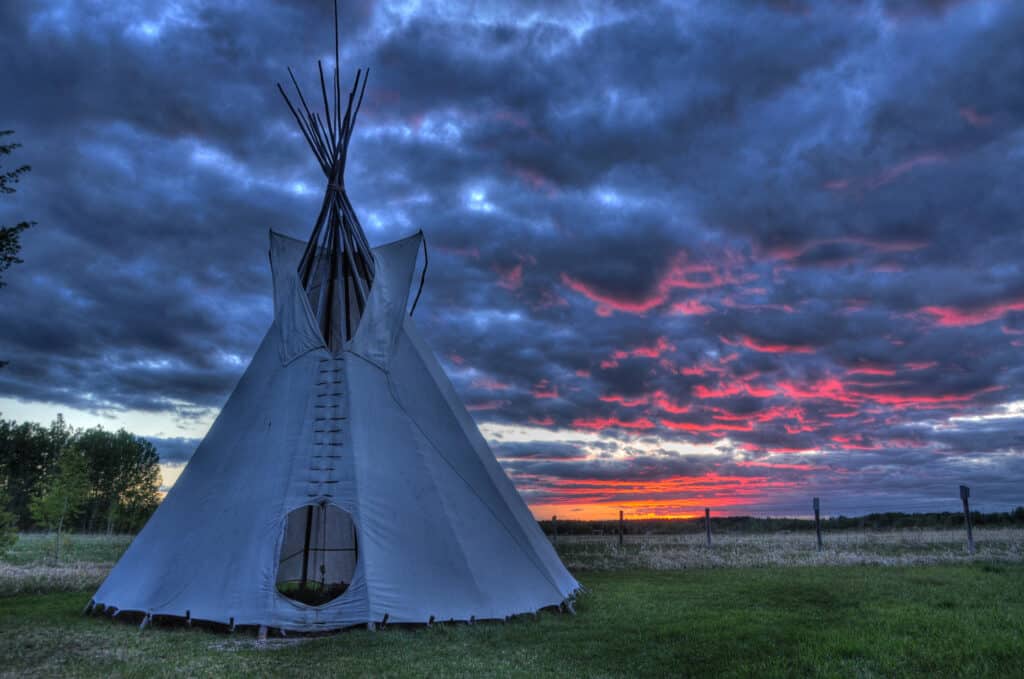
The Blackfeet Indian Reservation, located east of
Glacier National Park
, and the Canadian state of Alberta share a border.
©iStock.com/Planet_Dirt_Project
Population
The Blackfeet Indian Reservation is home to the majority of the 17,321 people who make up the entire Blackfeet Nation, making it one of the ten largest tribes in the United States. According to the results of the 2010 census, 10,405 Blackfeet individuals were found to be residing on tribal lands and reservations. The density of the population is 3,47 persons per square mile. The treaty that established the reserve in 1855 can be found in northwest Montana.
Beliefs
The ancient Blackfoot people held a strong belief in nature spirits, which they saw reflected in many animals and natural events. Their “Great Spirit” was named Manitou, and they identified their supreme deity, Apistotoke, with the Sun (Nah-too-si). The Blackfoot believed in animism (the worship of spirits in nature) and practiced a variety of sacred rites, such as the highly esteemed Sun Dance. Blackfoot culture underwent a radical transformation at initial contact with White immigrants. Complexity abounds in Blackfoot religious beliefs.
Napi, which might also mean “old man,” was a supernatural being worshiped by the people of this culture in addition to the sun. Additionally, the Blackfoot people had intricate beliefs concerning the relationship between the supernatural and the natural world. For example, they believed that a dreamer could acquire the same magical skills shared by certain animals.
In many of these dreams, the animal would give the dreamer a list of items to gather, songs to learn, and rituals to complete to harness the power. The dreamer would then put together a medicine bundle upon awakening. Each tribe’s medicine bundle included the unique healing properties of a different animal, and it was customary practice for the tribes to trade these bundles with one another. These packets were held in high esteem and extensively used in rituals.
Culture
Since the Blackfeet speak Algonquian, a language originating in the eastern forests, experts believe that they relocated to the Great Plains from there long before the Europeans arrived in the New World. This made them one of the first tribes to settle in the Great Plains. Prior to the 19th century, the Blackfeet were considered one of the most aggressive and formidable military groups of the Great Plains. Up until 1806, they fought off incursions from various Indian tribes, including European and American merchants and explorers.
Like other Plains tribes, the Blackfeet inhabited portable tipis crafted from buffalo leather. Neither farming nor the traditional arts like basketry and ceramics were of any interest to them. As a result, they relied heavily on the buffalo who accompanied them on their travels. Everything from food to clothes to shelter to tools came primarily from buffalo herds. Fresh or dried buffalo meat was used throughout the colder months. The Blackfeet occasionally hunted elk, moose, and deer as well. The women would go on expeditions to the Great Plains, where they gathered berries, roots, and plants to supplement their diet. When not gathering food, women spent much of their time on the time-consuming and backbreaking task of tanning animal hides. The ladies constructed and set up the tipis and did most of the cooking.
In the Blackfoot culture, marriage was important. In the past, friends, and family often meticulously planned weddings, even if the bride was only a young girl. Before getting married, a man was expected to show off his skills as a fighter and hunter. After he had shown his worth, the families exchanged gifts in celebration of the upcoming marriage. The newlyweds then moved into a tipi of their own or into the home of the groom’s relatives.
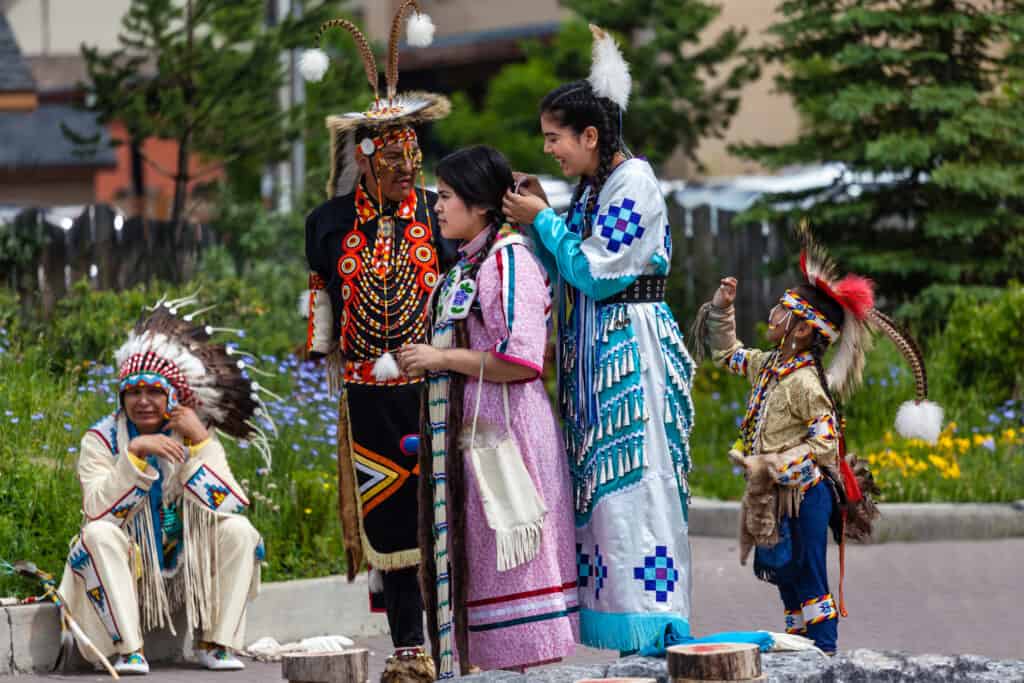
Here, native Blackfoot Indian dancers prepare to share their culture and history at the Banff Summer Arts Festival in Banff, Canada.
©iStock.com/ronniechua
Language
The UNESCO Atlas of the World’s Languages in Danger ranks Blackfoot language as “severely endangered.” This loss is commonly blamed on Canadian residential schools, where Indigenous students were punished for speaking their native languages. The Sixties Scoop, in which thousands of Indigenous children were transferred to non-Indigenous families, is another source of language loss. The Blackfoot community has initiated numerous language revitalization programs, notably Piikani Traditional Knowledge Services.
The Blackfoot speak an Algonquian language. Many older speakers speak Old Blackfoot, often called High Blackfoot. Younger speakers speak New or Modern Blackfoot. Blackfoot is one of the Algonquian languages with the most diversified phonology and lexicon. The language has 11 consonants and 3 vowels with opposite length equivalents.
Up Next:
The photo featured at the top of this post is © iStock.com/Planet_Dirt_Project
Sources
- Tribal Nations, Available here: https://tribalnations.mt.gov/blackfeet
- Tribalpedia.com, Available here: https://www.tribalpedia.com/us-tribes/a-l/blackfeet-tribe/
- FamilySearch.com, Available here: https://www.familysearch.org/en/wiki/Blackfeet_Indian_Reservation_(Montana)
Thank you for reading! Have some feedback for us? Contact the AZ Animals editorial team.



